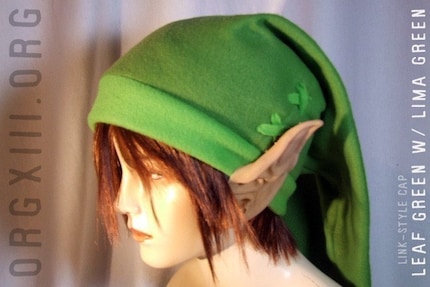More Interviews with Eiji Aonuma
"The Water Temple in the Ocarina of Time was notorious for being very tough to conquer," he says. "I am most sorry that it was not easy for you to put on and take off the heavy boots; that all the time you had to visit the inventory.
"I am," he continues, genuine regret evident in his tone, "very sorry about that. I should have made it much easier to switch to the heavy boots."
On handheld devices like DS, for the grand universe of Zelda to be correctly depicted, cel-shading or toon-shading style is the most appropriate. For example, for the touch operation we're using on DS, top-view angle is necessary. If we're going to apply photorealistic proportions between human characters and objects, the player character would have to be really small. But with more anime/Manga-style art, deformation is allowed and taken as a natural. By that I mean that building and some other objects around you can be very small compared with real life, but yet it's not strange in the anime style. That kind of deformation is readily available with cel-shading technology and thanks to that kind of graphical style we are now able to put Zelda in an adventure where people can identify the most important items without difficulty in understanding proper distance or proportion between character and object.
"I have an eight-year-old son myself at home, and quite recently he started playing The Phantom Hourglass for DS, because when the software first hit the market he was too young. When he started playing with the boat, I told him: 'In the next Zelda, you are going to be able to ride on the train.' He answered: 'OK, Dad, first boat, and then train? Surely next time, Link is going to fly in the sky ... '"
You can read the full interviews at Eurogamer and guardian.co.uk. Read more...


























